Affiliate links on Android Authority may earn us a commission. Learn more.
Here's how phone warranties work
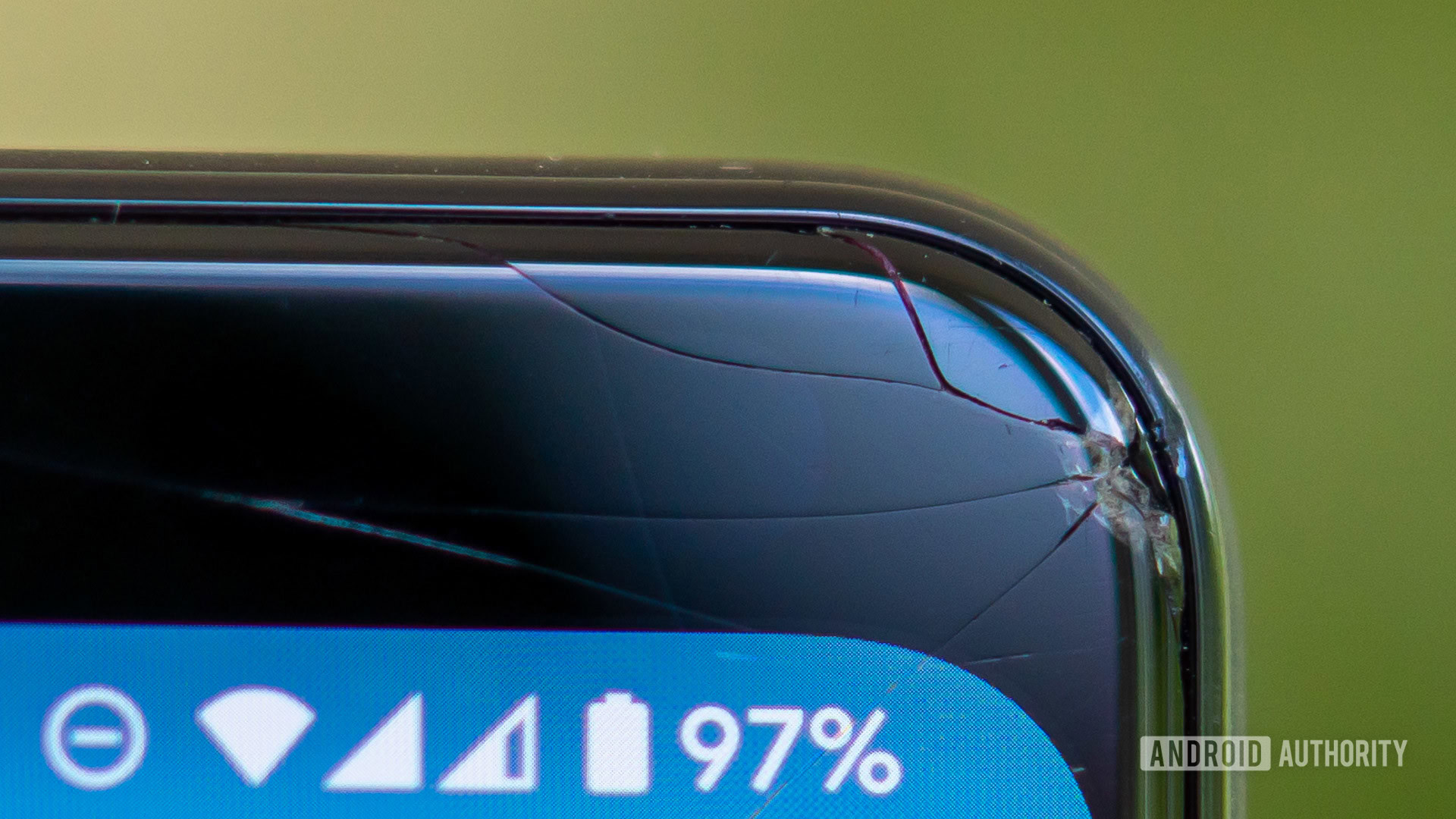
Hello, we’re calling to remind you about your vehicle’s limited warranty. Well, we’re not really, but that spam call is probably where you hear about warranties most of the time. While the call can be annoying, phone warranties are much more helpful. They typically guarantee that you can get your device repaired or replaced when it runs into manufacturer flaws. What does that mean, exactly? We’re here to help clear it up for you.
The vast majority of manufacturers offer a warranty for a few years from the date you purchase your smartphone. If a hardware fault develops within that period, then you have the right to request a repair, replacement, or refund. Of course, this is usually based on the thought that the fault was present when you bought your phone.
What do phone warranties cover?
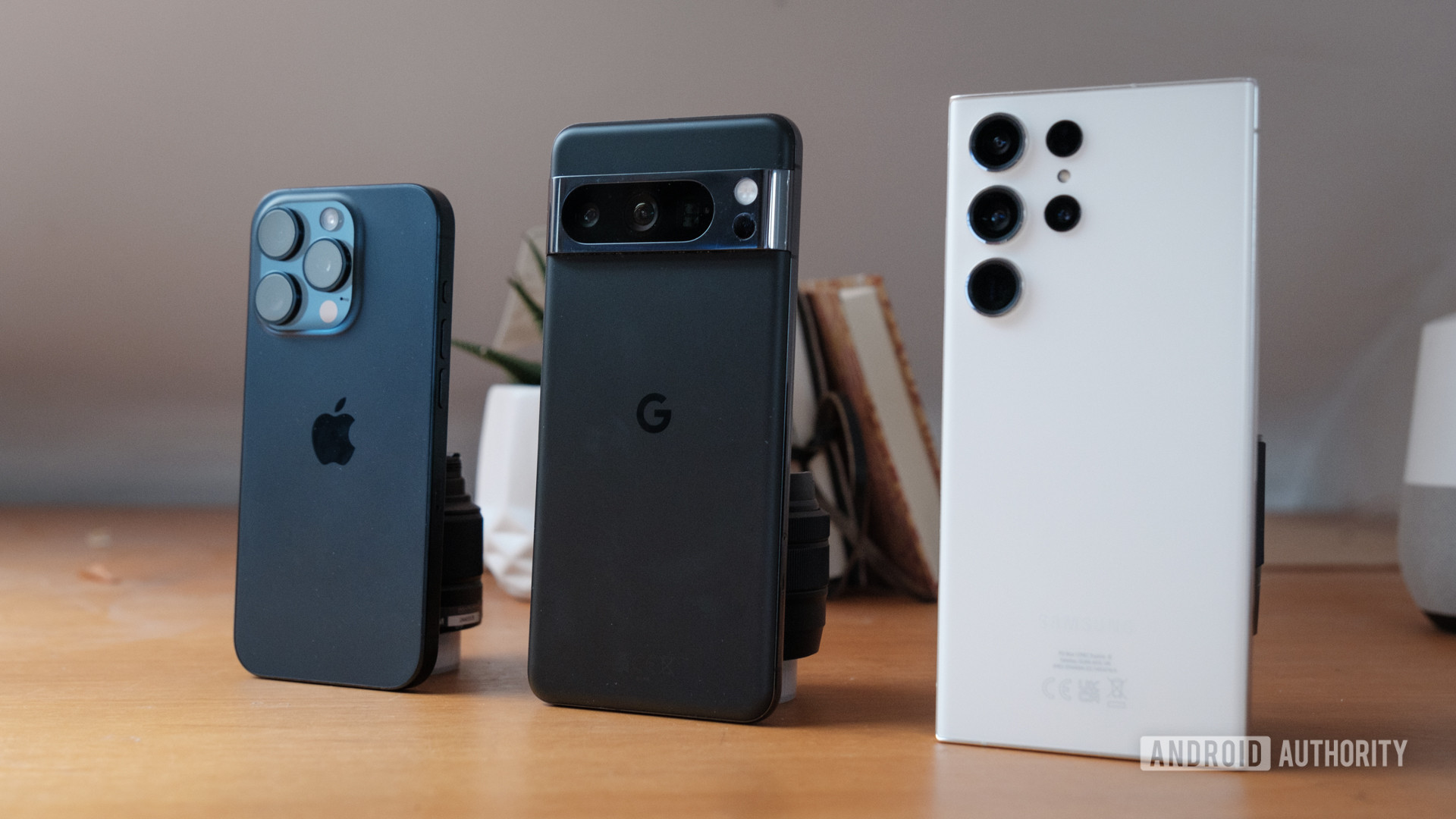
All warranties are different, and you’ll have to check carefully each time you buy a new device. That said, there are a few standard things you’ll generally find to be true. The manufacturer is essentially promising to cover mechanical and electrical failures that keep your phone from doing its job.
While that sounds pretty vague, it means that if your phone arrives with a damaged display or you run into specific battery issues, you can file for a replacement unit.
Suppose you have a two-year warranty, and within that period, your smartphone develops a fault. In that case, the manufacturer will repair it unless it determines that you are to blame or that you have invalidated your warranty somehow.
What don’t phone warranties cover?
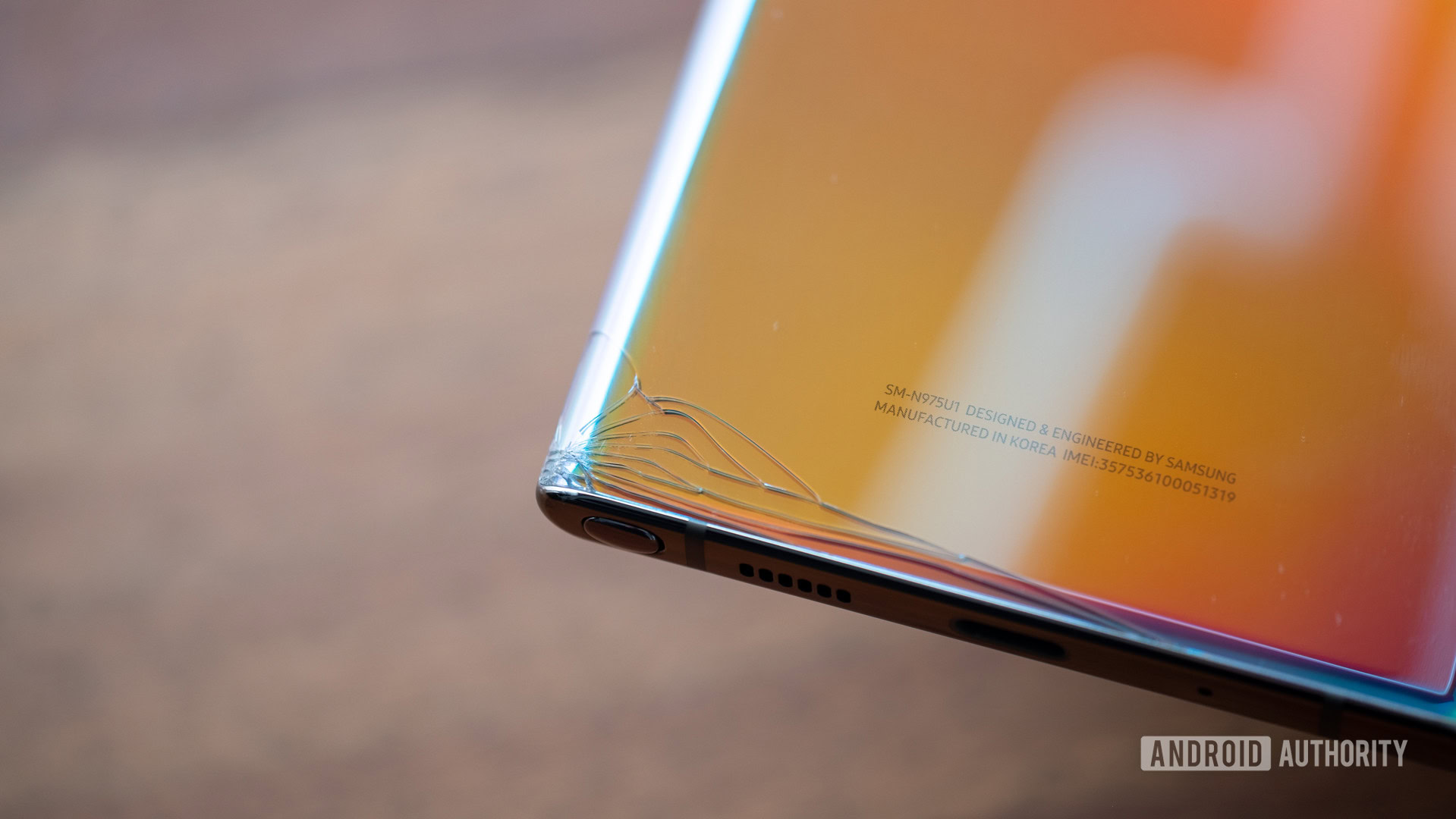
Phone warranties are not the same as phone insurance. This is to say that if you damage the phone yourself, you’re probably not going to receive a replacement. If you dropped it in water or onto a hard surface, you’re better off pursuing your own repairs or filing an insurance claim.
Further, suppose you have tampered with the phone or attempted a repair yourself, and your action invalidates the warranty. In that case, they probably aren’t going to honor it even if it is a manufacturer flaw. Warranties won’t cover you for loss or theft. Once again, you have to read individual warranties to get a complete list of exclusions.
What about premium warranties like AppleCare+ and Samsung Care+?
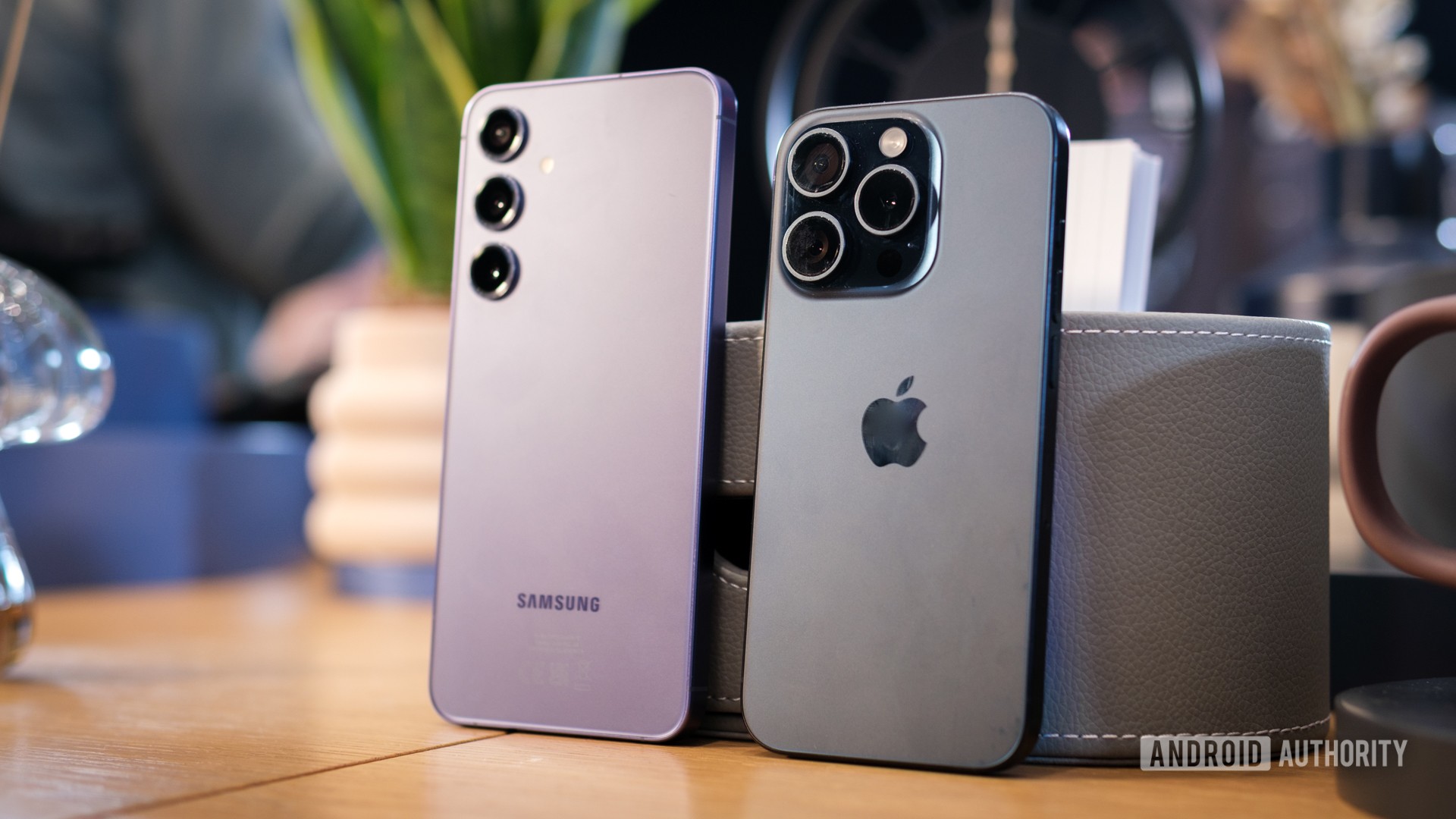
Not all phone warranties are created equal. Some, like AppleCare+ and Samsung Care+, go the extra mile, but they come at an extra cost. In fact, both services are more like insurance than warranties. They offer different tiers, with basic drop, crack, and spill coverage on all plans. You can also add loss and theft protection for an extra fee.
Neither AppleCare+ nor Samsung Care+ offers free repairs as part of its coverage, but it does make the cost easier to swallow. Both services will let you replace a cracked display for $29 or cover other incidental damage for $99. If you choose theft and loss coverage, you’ll usually have to pay a deductible before you can get your replacement device. The amount, as usual, varies based on your coverage plan.
AppleCare+ and Samsung Care+ are closer to insurance than traditional warranties.
While both services offer plenty of protection, there are a few things to be wary of. These issues apply to other premium warranties as well, though the specifics may vary. For starters, there’s a limit to how many claims you can make. Both AppleCare+ and Samsung Care+ cap you at three claims within any 12-month period. You’re also limited to $2,500 in value per claim — though that’s understandable given the cost of smartphones.
It’s also wise to weigh out how much your premium phone warranty will cost you. Samsung will either let you pay monthly over 36 months, or you can set one flat rate for 24 months of coverage. Apple offers a similar structure, though the cost varies based on your phone. You’ll pay more to cover an iPhone 14 Pro or Pro Max than you would for an iPhone SE.
What about standard warranties? Which company is the best?
If you’re not willing to spend extra for longer protection, you might be wondering about your phone’s standard warranty. Well, it’ll usually protect you for a year, but that’s about it. Major brands like Apple, Samsung, and Google offer twelve months of protection at no extra cost, but they push you toward premium services, as detailed above. Some retailers, like Best Buy, also offer a year of protection, but it starts from the day you purchased your device — essentially running in parallel with your default warranty.
Which phone maker do you trust the most for after sales service?
How do you claim?
It’s a good idea to keep your receipt and warranty document somewhere safe whenever you buy a new smartphone. You’ll have to contact your retailer or manufacturer to find out the process or refer to the warranty itself. You’ll probably be asked to return the device to a service center.
It’s a good idea to keep your receipt and warranty document somewhere safe whenever you buy a new smartphone.
Unfortunately, the retailer will often try to pass you off to the manufacturer and vice versa. It is generally the retailer’s responsibility to sort it out. If they request it and you don’t have the receipt, you should be able to use a credit card statement as proof of purchase.
What are you liable for?
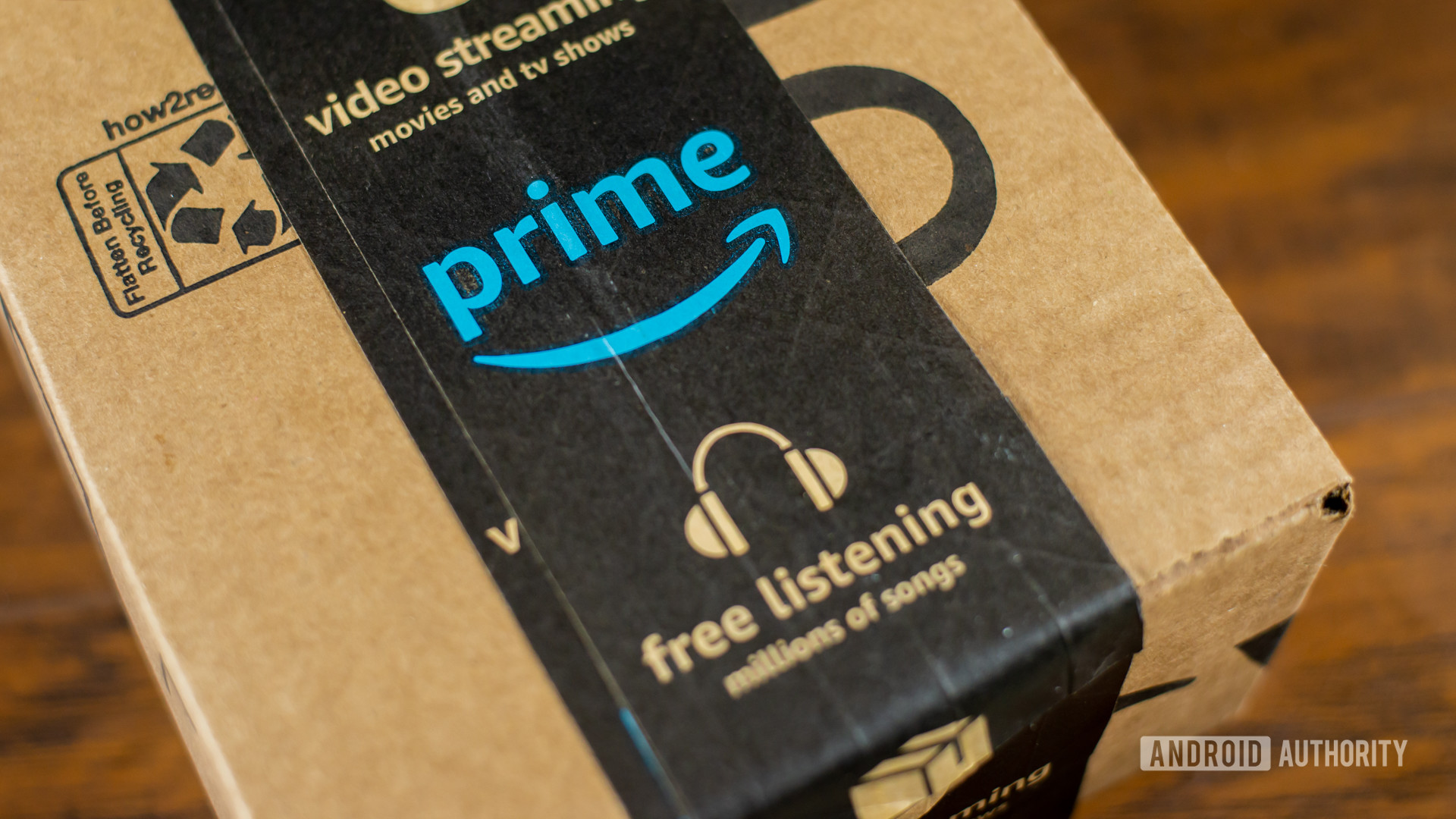
Many companies will handle it, but be aware that the cost of postage might fall on your shoulders. You’re also going to be without your device when you send it away. The manufacturer will run tests, and if they determine that the phone defect is not their fault, they’ll usually give you a quote for the repair, and you can choose whether to go ahead with it. If you don’t want to go ahead with it, they’ll charge you for the test and send it back unrepaired. Service and handling fees are standard.
You should also check if they have any stipulations about what you need to do before sending the phone in. You should always back up your files and remove any memory cards. You should also make sure you don’t have security software that will block access. For your privacy, it’s probably a good idea to wipe your data ahead of time.
It’s worth bearing in mind that you won’t necessarily get your phone back. Manufacturers can replace parts with new or “as new” parts, and it’s very common to get a replacement handset returned to you.
Consumer rights and the burden of proof
In many cases, consumer law supersedes the warranty in the country of sale, which can effectively extend your rights, though it won’t necessarily be easy to claim them. According to EU-wide Consumer Laws, the claim period is two years, even if the manufacturer only offers a one-year warranty. In some countries, that period is longer. Here in Scotland, for example, it’s five years.
That sounds good, but in practice, the burden of proof renders it useless. In most EU states, the burden of proof is on the manufacturer for the first six months. That means they have to prove that they aren’t responsible for a defect, or they have to fix it, replace it, or refund you. After the first six months, the burden is on you to prove that the defect was present when you bought the phone, which can be difficult or even impossible.
After the first six months, the burden is on you to prove that the defect was present when you bought the phone which can be difficult or even impossible.
If the manufacturer claims it is your fault, and you feel it isn’t, then you could try getting an independent engineer’s report, but that’s going to cost you money, and there’s no guarantee they’ll be able to prove the fault was present when you bought the smartphone.
There are a lot of defects that might legitimately occur, but how do you prove they are the manufacturer’s fault? The internet is awash with reports of screens spontaneously cracking and manufacturers refusing to fix them, but how many of those breakages were caused by accidental damage?
International warranty
Some devices come with international warranties, but smartphones can differ significantly from region to region in terms of hardware, so it’s a very dangerous thing to presume. If you buy an import or pick up a smartphone while on holiday abroad, then don’t expect the warranty to be honored in your own country. You may be expected to ship it back to the country where you bought it to make a claim, and that can be prohibitively expensive. Your mileage may vary on this, but be aware of the risks.
Always read the fine print
Ideally, you would read a warranty before buying, but few of us will do that. It is worth noting that some manufacturers offer special deals as an extra incentive to choose them. If you’re concerned, then do your homework.
Your best chance of making a successful claim is to read the fine print and make sure you tick as many boxes as possible. Don’t give them any excuse to reject you. If you are going to return your smartphone, it’s also better to do it sooner rather than later. No quibble return policies for the first few days after purchase are widespread. If you find a defect within that period, then take it back immediately, and you could save yourself a lot of hassle.
If you’re in the US, you can also find helpful tips at the FTC Consumer Information website. For the UK, check out the Government website on consumer rights. You should find similar resources for other countries with a quick search. What are your warranty experiences? Have you had claims denied or had a hassle-free return? Let us know in the comments.